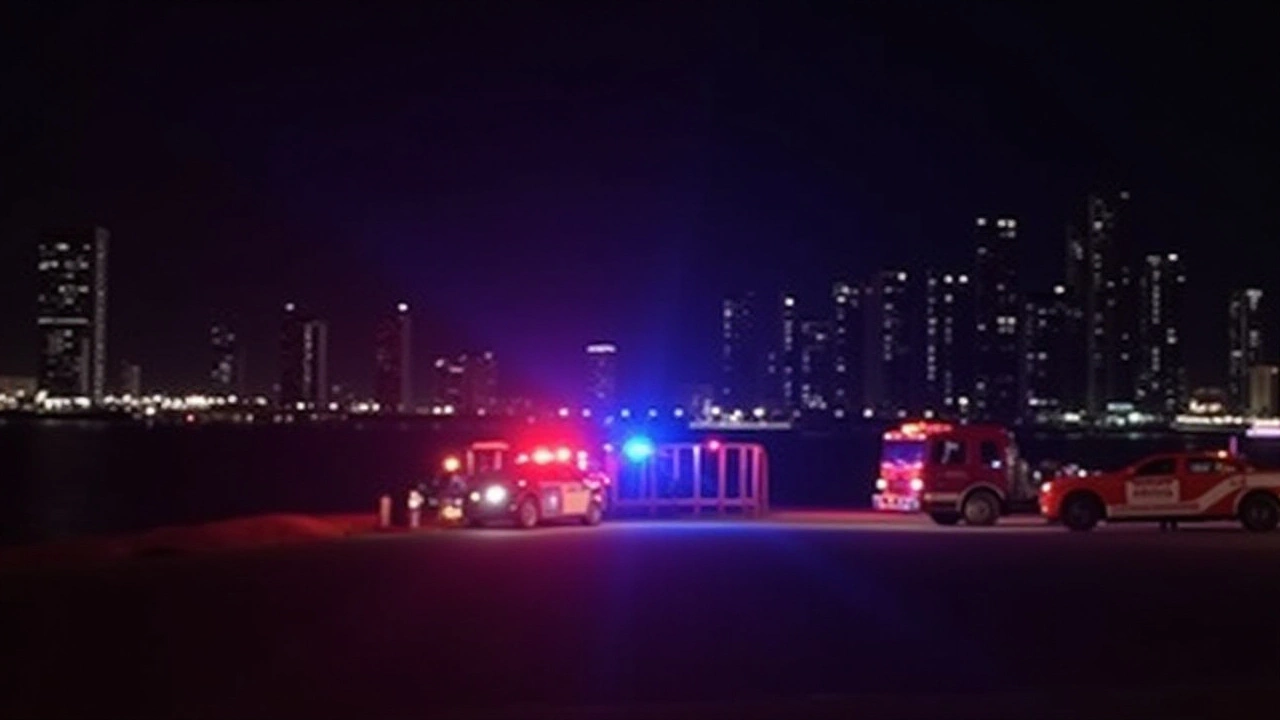Aviation Safety: Simple Tips for Safer Flights
Flying feels easy, but staying safe takes a bit of know‑how. Whether you’re a first‑time flyer or a seasoned traveler, a few practical steps can make a big difference. Below you’ll find straight‑forward advice you can use before you book, at the airport, and once you’re in the cabin.
Before You Book: Choose the Right Airline
Not all airlines have the same safety record. A quick check on the airline’s safety rating—sites like AirlineRatings.com or the Aviation Safety Network—can give you a clear picture. Look for carriers that meet international safety standards, have modern fleets, and regularly update their aircraft. If an airline has frequent incidents or a dated fleet, it’s worth considering another option.
Also, pay attention to the type of aircraft. Newer models such as the Airbus A350 or Boeing 787 come with the latest safety tech, including advanced navigation and weather‑avoidance systems. When you see a flight operated by an older plane, ask the airline about any retrofits or safety upgrades they’ve added.
At the Airport: Keep Your Documents and Health in Check
Getting through security can feel like a hassle, but it’s a key part of aviation safety. Keep your passport, boarding pass, and any health documents handy. If you have a health condition that could affect the flight—like a recent surgery or a severe allergy—carry a note from your doctor. It speeds up the boarding process and lets the crew prepare.
While waiting at the gate, watch the flight information screens for any last‑minute changes. Delays can sometimes lead to aircraft swaps, and you’ll want to know if your plane has changed. If you notice a different aircraft type, double‑check its safety record using the same sites you used when you booked.
Once you board, pay attention to the safety briefing. Even if you’ve flown many times, the crew’s instructions cover the specific layout of that plane. Locate the nearest exit, count the rows to it, and note the location of the oxygen masks. These quick observations can save precious seconds in an emergency.
In the Cabin: Simple Habits That Matter
Most incidents in commercial aviation are preventable. Keep your seatbelt fastened whenever you’re seated—turbulence can hit without warning. The “low‑and‑tight” rule (keep the belt low on your hips and snug) works best.
Avoid blocking the aisles or emergency exits with carry‑on bags. The crew needs clear paths to reach you if something goes wrong. If the flight is long, stay hydrated but limit alcohol and caffeine; they can worsen dehydration and affect your reaction time.
Listen to the crew’s instructions on electronic devices. Switching to airplane mode isn’t just a rule—it prevents your phone from emitting signals that could interfere with navigation equipment. When the captain asks you to turn off larger devices, do it promptly.
If you feel unwell, let a flight attendant know immediately. They’re trained to handle medical emergencies and can coordinate with ground medical teams before you land.
Finally, respect the cockpit door. Never try to open it or pressure the pilots. The crew’s primary job is to keep the aircraft safe, and any distraction can jeopardize that focus.
Air travel is one of the safest ways to get around, but safety is a shared responsibility. By picking a reputable airline, staying organized at the airport, and following simple cabin habits, you boost your own safety and help the crew do their job better. Next time you’re heading to the gate, remember these tips and travel with confidence.

